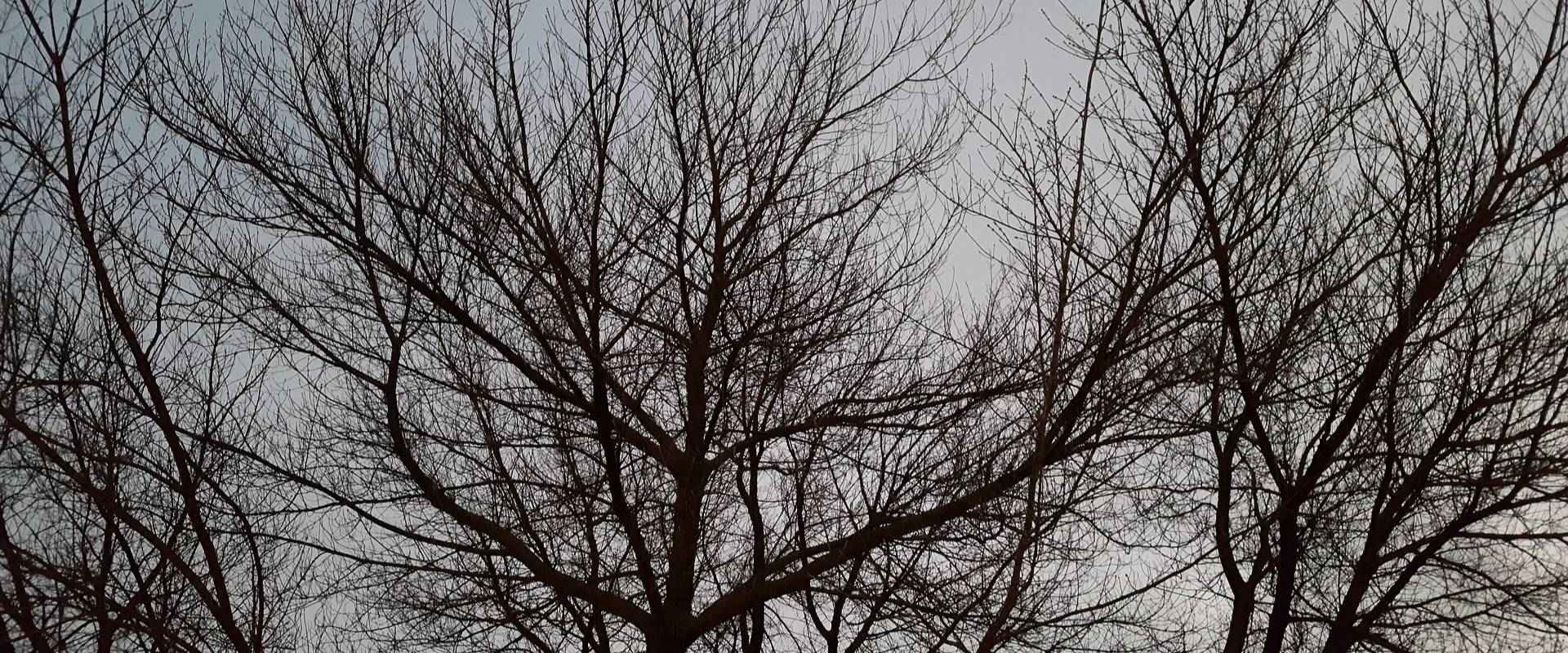Are you wondering when the best time to prune your trees in Northern New Jersey is? Look no further than winter!
While tree pruning can be done any time of year, winter is an especially great time to give your trees some much-needed TLC. In this article, we’ll highlight the benefits of winter tree pruning, discuss proper dormant tree care techniques, and provide tips for safely pruning your trees during the colder months.
Don’t let the winter blues stop you from taking care of your trees!
Winter Pruning – Key Takeaways
- Winter pruning promotes the overall health and growth of trees.
- Winter pruning allows for easier identification and correction of structural issues.
- Winter pruning helps maintain the desired shape and size of trees.
- Winter pruning reduces the risk of disease spread and insect infestation.
The Benefits of Winter Pruning
You’ll love the benefits of winter pruning for your northern New Jersey trees. Winter is a great time to prune your trees because of its numerous advantages.
First and foremost, winter pruning promotes the overall health and growth of your trees. By removing dead or diseased branches during this dormant season, you help prevent the spread of diseases and pests that may harm your trees. Additionally, winter pruning allows the tree to allocate its energy towards healing and repairing wounds, resulting in a healthier and stronger tree come spring.
Another benefit of winter pruning is improved tree structure. Without leaves obscuring the view, it becomes easier to identify and correct structural issues such as weak or crossing branches. By removing these problematic branches, you can enhance the tree’s overall structure and reduce the risk of limb failure during storms or heavy winds.
Winter pruning also helps to shape and control the size of your trees. By selectively removing branches, you can maintain a desired shape or size, keeping your trees manageable and aesthetically pleasing. Pruning during the winter also reduces the risk of sap bleeding, which can attract insects and cause more harm to the tree.
Dormant Tree Care in Northern New Jersey
During the dormant period, trees are not actively growing, which means they are less likely to experience stress or damage from pruning. This makes it an ideal time to shape and prune your trees to improve their structure and overall appearance.
Dormant tree care in Northern New Jersey involves several important tasks. One of the key benefits of winter pruning is the ability to easily identify and remove any dead, diseased, or damaged branches. By removing these branches, you can prevent potential hazards and reduce the risk of disease spreading to other parts of the tree. Additionally, winter pruning promotes better air circulation and sunlight penetration, which can promote healthy growth in the spring.
It’s important to note that not all trees should be pruned during the winter months. Some species, such as flowering trees, should be pruned after they have bloomed to avoid cutting off next year’s flowers. Consulting with a professional arborist will help you select the best time and methods for pruning your specific trees.

Depending on the size of the tree, professional pruners may use heavy equipment such as bucket trucks and cranes.
Techniques for Winter Tree Pruning
Using proper techniques for pruning during the dormant season can help improve the structure and overall health of your trees in northern New Jersey. Winter tree pruning is a great way to enhance and maintain the beauty of your landscape while ensuring the long-term health of your trees. Here are five techniques to consider:
- Crown Thinning: By selectively removing branches, you can reduce the density of the tree’s canopy, allowing more sun and airflow to reach the inner branches.
- Lower Limb Removal: This technique involves removing lower branches to increase clearance for pedestrians, vehicles, or structures.
- Deadwood Removal: Pruning away dead or dying branches not only improves the appearance of the tree but also prevents potential hazards during winter storms.
- Structural Pruning: By selectively pruning branches, you can help shape the tree’s overall structure, promoting proper growth and reducing the risk of weak or hazardous branches.
- Crown Reduction: This technique involves reducing the height or spread of the tree’s crown, making it more manageable and less prone to storm damage.
These pruning strategies will ensure that your trees remain healthy, safe, and visually appealing throughout the winter season and beyond.
Tips for Pruning Trees Safely in Winter
When pruning trees in the winter, it’s important to follow these safety tips:
- Be sure to wear protective gear, including goggles, gloves, and a helmet or hard hat, to shield yourself from any potential hazards.
- Make sure to use the right tools for the job. Sharp, clean pruning shears and saws will help you make precise cuts and reduce the risk of accidents.
- Remember to never prune trees near power lines, as this can be extremely dangerous.
- Be aware of your surroundings and watch out for falling branches or unstable footing.
- Be mindful of the weather conditions. Avoid pruning during icy or windy days, as this can increase the chances of accidents.
- If you’re not confident in your pruning skills, it’s best to hire a professional arborist who can safely handle the task.
By following these tips, you can ensure a successful and injury-free winter tree pruning experience.
Frequently Asked Questions
What are some common mistakes to avoid when pruning trees in winter?
Common mistakes to avoid when pruning trees in winter include cutting too much, pruning too close to the trunk, and removing healthy branches. It’s important to follow proper techniques to promote tree health and minimize damage.
Can all types of trees be pruned during the winter season?
Yes, all types of trees can be pruned during the winter season. It is a good time because the trees are dormant, allowing for better visibility and healing.
How often should trees be pruned during the winter months?
During the winter months, trees should be pruned once every few years. Regular pruning helps maintain their health and shape. Pruning during this time allows for better visibility and access to the tree’s structure.
Are there any specific tools or equipment needed for winter tree pruning?
Yes, there are specific tools and equipment needed for winter tree pruning. You’ll need pruning shears, a pruning pole saw, loppers, and a ladder for reaching higher branches. Tall trees may need a professionally operated bucket truck or crane.
Make sure to wear protective gear, too.
Can winter pruning help prevent tree diseases and pests in Northern New Jersey?
Yes, winter pruning can help prevent tree diseases and pests in Northern New Jersey. By removing dead or diseased branches, you eliminate potential breeding grounds for pests and reduce the risk of spreading diseases.

Winter tree pruning offers the advantage of high visibility to efficiently assess trees and facilitate faster pruning.
Winter Pruning Wrap Up
Again, you can safely and effectively prune your trees any time of year. However, winter is still an excellent time have a Licensed Tree Care Expert prune your New Jersey Trees. By pruning during the dormant season, you’ll promote healthy growth, enhance the tree’s shape, and prevent disease.
Ready for Some Winter Pruning?
Winter will be here before you know it! Call Aspen Tree Service today at 201-939-8733 to schedule your pruning appointment now. We’re New Jersey licensed Tree Experts, which means we’ve got the skill and experience to handle any structural or ornamental pruning project.
Proudly serving Passaic, Bergen, Essex, and Morris Counties. We can’t wait to hear from you!






